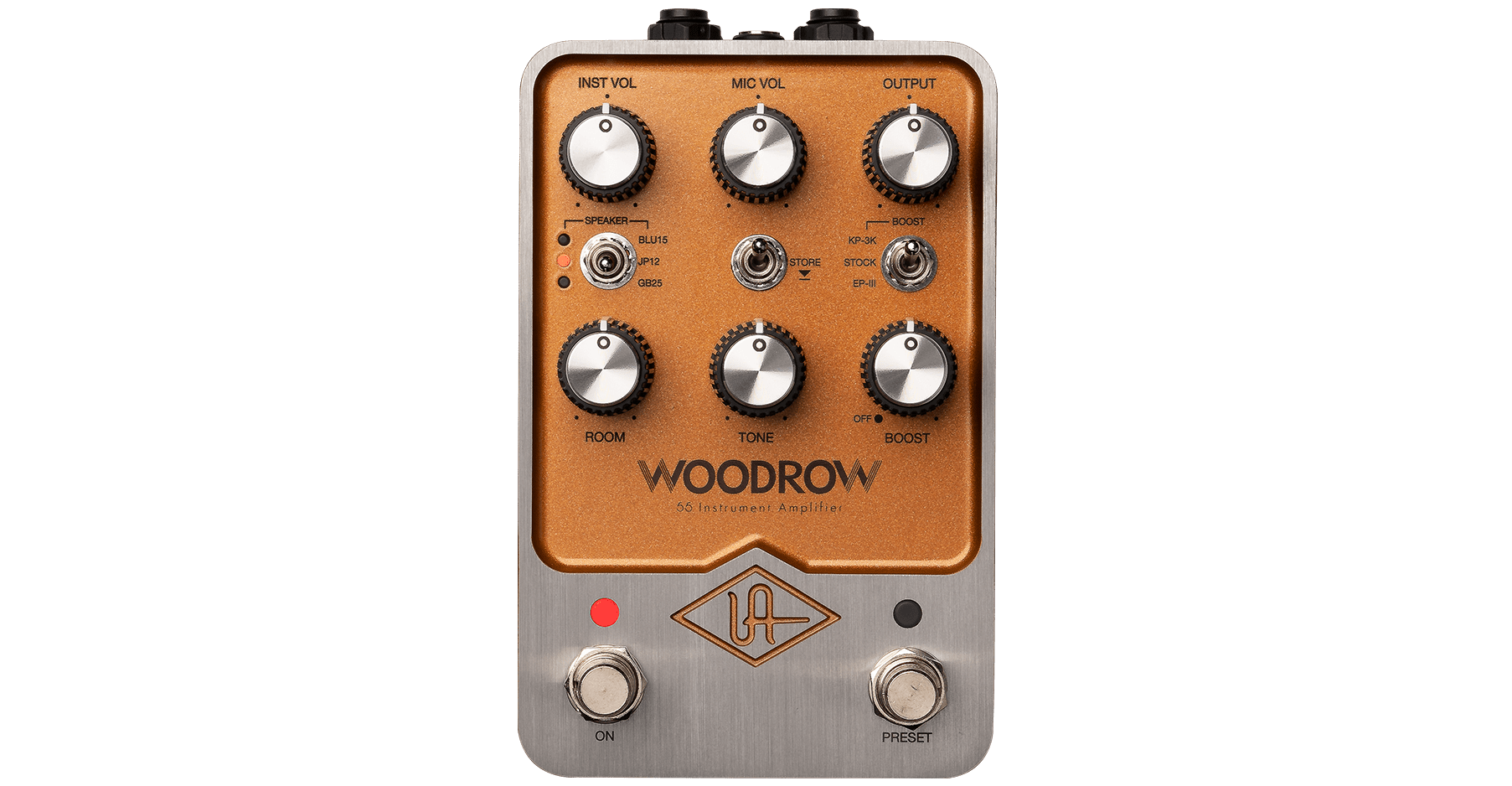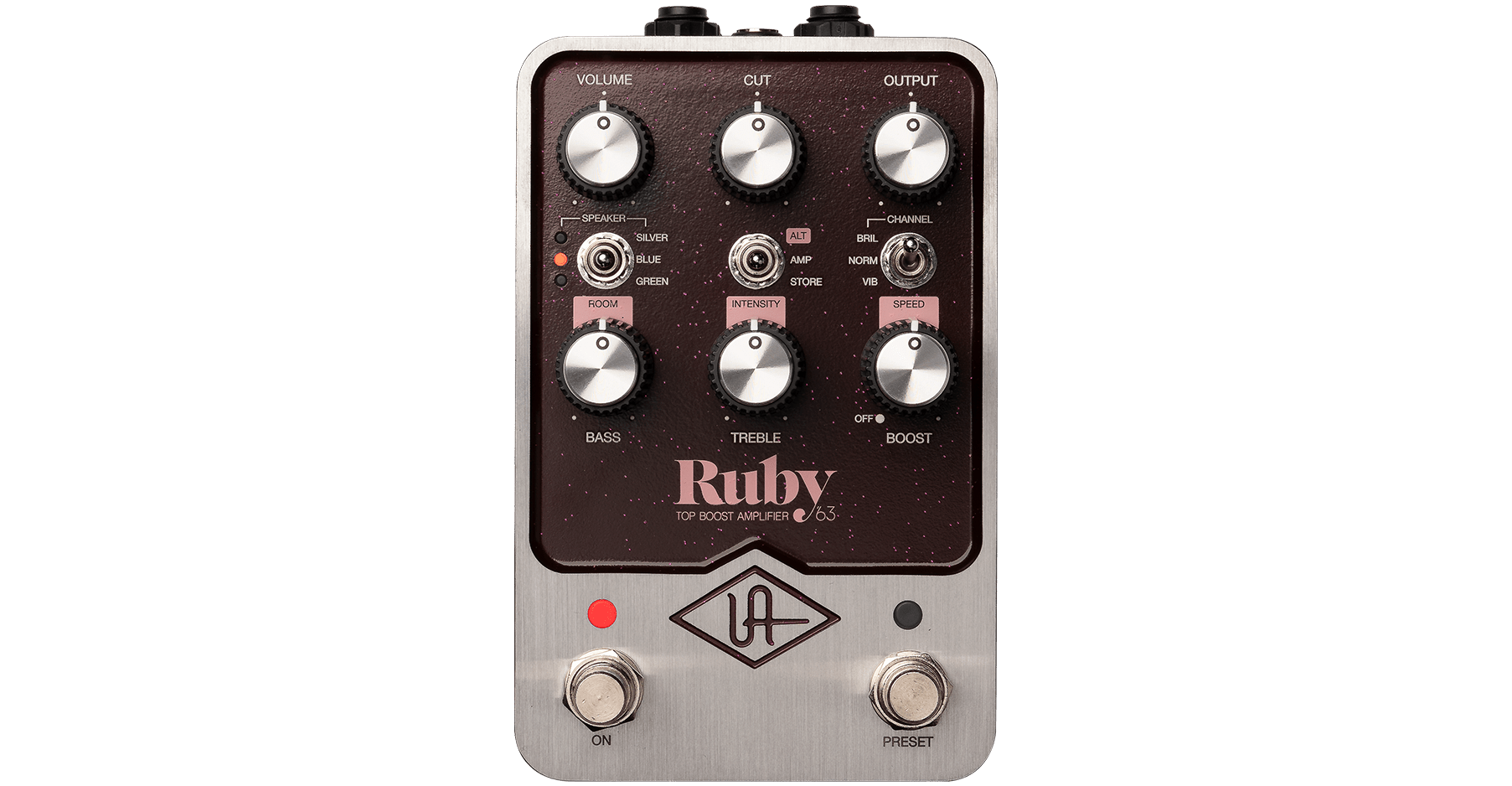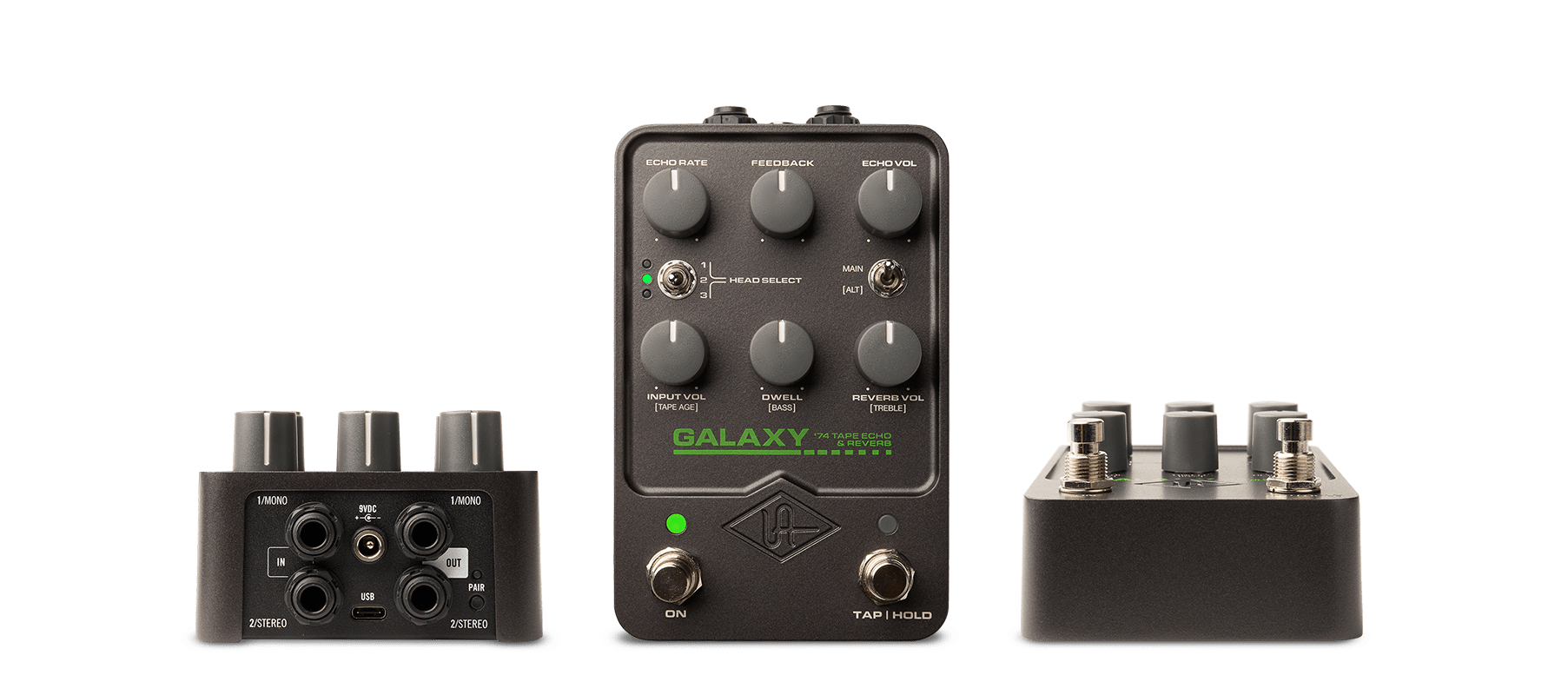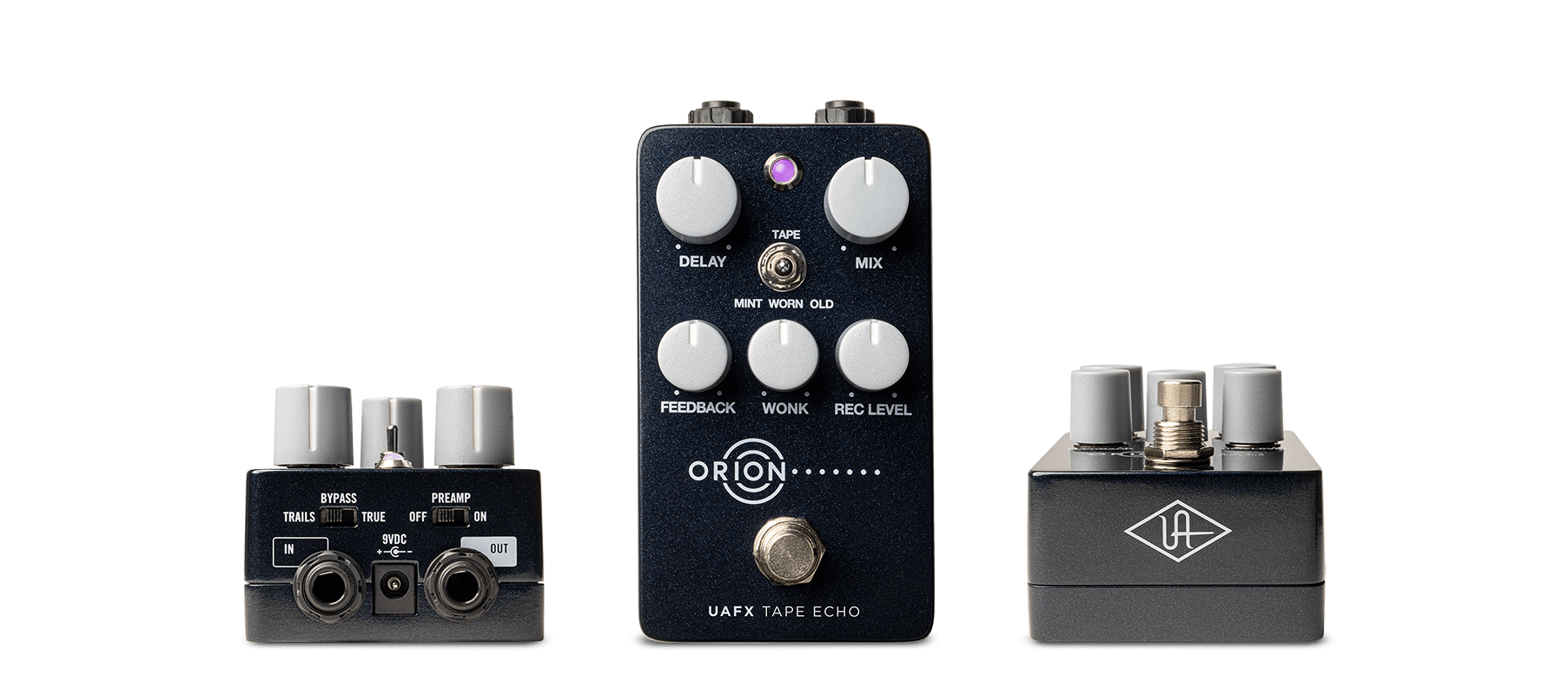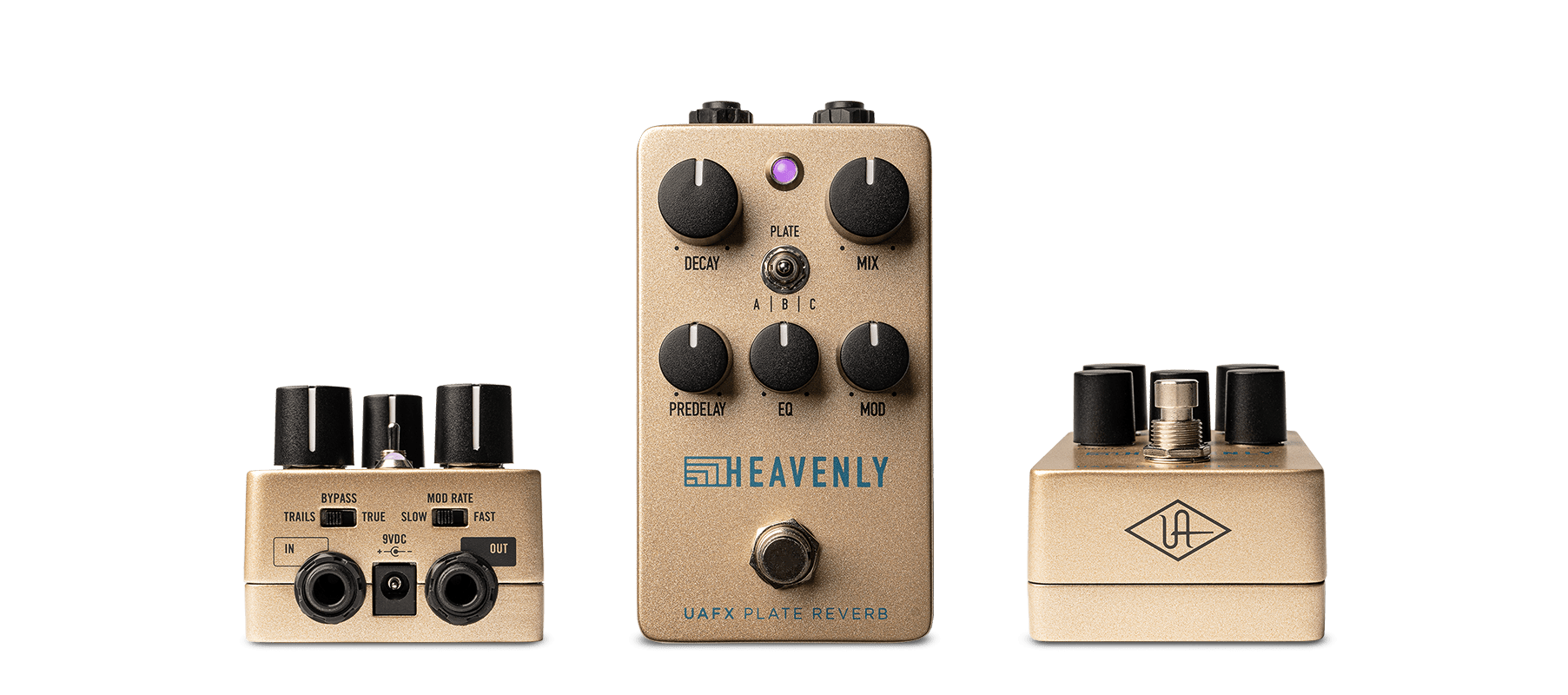The most powerful mixer in its class.
The StudioLive® 24 digital console/recorder is by far the most powerful mixer in its class. This third-generation StudioLive mixer is fully recallable, with 25 touch-sensitive, motorized faders and 25 recallable XMAX preamps. Yet despite its extensive features, the StudioLive 24 actually improves upon PreSonus®' legendary ease of use while letting you customize its workflow and operations. The StudioLive sound is better than ever, including all-new Fat Channel processing, re-engineered from the ground up, and vintage-style EQs and compressors. Add built-in AVB networking, onboard multitrack Capture™ recording to SD Card, and a complete suite of software, and you have a mixing and recording powerhouse that's equally formidable in live and studio applications.
Integrated multitrack recording and virtual soundcheck — no computer required.
PreSonus Capture™ recording software is an intuitive, rock-solid multitrack recording application with virtual soundcheck. It’s installed directly into the StudioLive 24 so you can leave your laptop at home. Capture’s one-touch recording makes it easy to record to the StudioLive 24’s onboard SD multitrack recorder. When you're finished recording, open your Capture session in Studio One® for Mac® and Windows® (included), and the entire mix scene will transfer to your Studio One session, including fader levels, Fat Channel settings, and, yes, any drum solos that you may have had to endure that night.
A re-envisioned Fat Channel.
The StudioLive 24’s Fat Channel has received a major overhaul while continuing to offer digital precision with the heart and soul of analog. Our new Fat Channel implements a plug-in-style workflow that features vintage-style EQ and compression options on every channel, from classic tube limiters to passive EQs. And in addition to channel processing, the StudioLive 24 offers 6-band, fully parametric EQ on all mix outputs. Enjoy extensive, studio-style processing when recording on location or running shows on the road!
Define your own layouts, views, and workflows.
StudioLive 24 goes above and beyond in providing ways to customize things to best fit the way you work. Now you can customize your Fat Channel layout, putting the parameters you care about most right at your fingertips. There are even several workflow options to personalize your mixing experience. For instance, you can control the mixer with a multiple iPads and—optionally—a computer, each running UC Surface with a different view, enabling you to see and touch all of the controls you need at a given time.
Customize scenes and presets in new and powerful ways—including your way.
With StudioLive 24, we’ve upped the ante and given you more flexibility when working with scenes and presets. Mixer scenes now include Scene Safe. Similarly, we’ve expanded the concept of Fat Channel presets so that presets have, for practical purposes, become like scenes for individual channels, not only saving input and Fat Channel settings but also aux send and bus assignments. Of course you can also use preset filters to choose what you want to recall.
Create buses and groups to suit your workflow with new FlexMixes.
Don’t you hate it when you’re setting up for a show and find you have an unused subgroup—but you’re short one monitor mix? That’s not a problem anymore, thanks to 16 FlexMixes that can be individually designated as aux, subgroup, or matrix mixes. You get a total of 10 FlexMixes on analog outputs, 6 on XLR connectors, and 4 on ¼-inch TRS; the other 6 are routed over USB or AVB. These 16 FlexMixes are in addition to the 4 fixed subgroups that also are available via USB or AVB, giving you a total of 20 mix buses, not counting the main mix, solo, and FX buses. We also provided 24 DCAs so you can more easily and flexibly control groups of channels. These are only a few of the many ways you can customize your StudioLive 24 mixer exactly to your needs and workflow.
World-class recording software included.
Seamlessly integrated with the included PreSonus Studio One® Artist DAW, the StudioLive 24 Series III mixer works with virtually all Mac and Windows audio-recording software. Built by creative people for creative music production, Studio One is easy to learn and enables you to compose, record, and produce your masterpiece without getting distracted by the tools. Studio One also enjoys a robust online community of enthusiastic and helpful users you can turn to for advice. Need a new loop or sample for your latest production? Studio One lets you shop, audition, and purchase new content right from your production environment.
Integrated software package with professional DAW, remote-control apps, and one-touch recording.
PreSonus StudioLive 24 mixers are tightly integrated with an entire suite of state-of-the-art software. Mix wirelessly or over a wired network from anywhere using UC Surface touch-control software for Mac, Windows, and iPad®. Remote control the mixer’s recallable XMAX preamps and Fat Channel processing with Studio One Artist for low-latency recording with effects. (Reverb-drowned singers: rejoice!) Completely automate virtual soundchecks and record shows with Capture ™. Save mixer scenes with your live recordings in Capture and edit both in Studio One Artist. StudioLive 24 mixers and software work together to form a cohesive ecosystem that helps you achieve your creative vision.
Network-ready, with a choice of computer recording methods.
Networking isn’t the future of professional audio systems; it’s here now. StudioLive 24 mixers come equipped with an AVB Ethernet connection that enables you to network multiple StudioLive 24 mixers and compatible computers and stream up to 55 channels of audio to and from a Mac or Windows PC. You also get 38x38 recording via USB 2.0, giving you a choice of computer recording methods. Each channel can independently access its analog input or its dedicated digital return from your computer. And recording is simple and easy: Just launch the included, preconfigured Capture software for one-click recording of all channel inputs and your main mix. Or record with the included Studio One Artist DAW—or with any recording software that supports ASIO or Core Audio.
Remote mix control available on a plethora of both wired and wireless devices.
In addition to the AVB recording connection, StudioLive 24 consoles sport a 1 Gb Ethernet port that can connect to a wireless router or directly to a computer, providing remote control of virtually all features. Mix wirelessly or over a wired network from anywhere using UC Surface for Mac®, Windows®, and iPad®. Even add a second—or third, or even fourth!—screen for fast workflow. Musicians can control their monitor mixes onstage with QMix®-UC for iPhone®, iPod® touch, or Android™ device without the need for large monitor networks. Go wireless, wired, or both.
Extensive connections for flexible signal flow.
The back panel of a StudioLive 24 console sports all of the connections you need for live sound and studio production. With flexible connectivity, superior audio quality, the ability to customize for your workflow, and powerful processing, mixing, and routing capabilities, you’ll create your mixes in whatever manner works best for you. We just provide the tools.
Superior sound.
Connect a StudioLive 24 mixer, and you’ll instantly hear details and an open high end you’d expect to find only in an expensive studio console. We built our reputation designing great-sounding analog circuits, including our famous XMAX solid-state, Class A preamps, and we put all of that experience into designing the StudioLive 24. We didn’t cut corners on components, and we just say “No!” to noisy, crosstalk-y ribbon cables. As a result, the StudioLive 24 delivers the high-end audio quality you need to preserve your hard-earned reputation for producing great-sounding mixes and recordings.
Now includes Studio Magic plug-in suite.
This suite of plug-ins brings extended sonic functionality into Studio One. Cherry-picked from the first names in virtual instruments and effects, each one brings a different flavor of practical magic to your songs. These plug-ins aren't gimmicky one-trick ponies — these are real-deal workhorses that you'll find yourself relying on for countless mixes.
Features
General Controls
• 25 touch-sensitive, motorized faders 1-to-1 workflow
• RGB Select buttons with user-assignable colors
• Transport control
• All-new Fat Channel controls including
• 8 scribble strips, encoders, and multicolor buttons
• Customizable user layer
• 7-inch color touchscreen
• DAW control (Studio One, MCU, and HUI) coming soon
Inputs and Outputs
• 32 total inputs
• 24 channel inputs: 16 mic, 8 mic/line
• 1 XLR Talkback mic input with recallable XMAX Class A preamp
• 2 stereo Aux inputs
• 10 FlexMix outputs: 6 XLR, 4 balanced TRS
• Unbalanced stereo (RCA) tape input and output
• Bluetooth™ 4.1 wireless tape input
• Stereo AES/EBU digital output
• 2 XLR (L/R) Main outputs
• XLR Main summed mono output
• 2 TRS monitor outputs
• Stereo headphone output
Channels and Buses
• 32 input channels
• 24 with recallable XMAX Class A mic preamps
• 8 via USB and AVB only
• 2 stereo aux inputs
• 26 buses:
• 16 FlexMixes (can be designated as aux, subgroup, or matrix mixes)
• 4 dedicated subgroups
• 4 internal effects sends
• Stereo main bus
• 24 Filter DCAs for easily and flexibly controlling groups of channels
Networking Connections
• 1 Ethernet control network port
• Dynamic, Self Assigned, and Manual IP address modes
• 1 Ethercon AVB audio network port
• Complete ecosystem of AVB solutions, including stageboxes and personal monitor mixers, will be available in 2017
Recording
• Onboard 34x34 SD recorder (using Capture™)
• 38x38 USB recording interface
• 55x55 AVB recording interface
Signal Processing
▪ Intuitive Fat Channel signal processing on every channel with:
• A/B settings comparison
• Highpass filter and polarity reverse
• Gate/expander with sidechain
• Compressor with sidechain
• 4-band parametric EQ on inputs
• 6-band parametric EQ on outputs
• Limiter
• Delay on every input
• Delay on every output
• Professionally programmed library of presets
▪ Vintage EQ and compressor models available on every input
• Passive EQ
• Vintage EQ
• Tube compressor
• FET compressor
• 8 31-band graphic EQs
• 4 internal effects buses: combination of reverbs and delays with modern and vintage options
• Built-in real-time analyzer
Metering/Displays
• 7-inch color touchscreen
• Input meter on every channel
• Full-size Fat Channel metering
• Input meter
• Gate gain reduction meter
• Compressor gain reduction meter
• Full-size stereo Main output meters
Scenes and Presets
• Create, save, and edit up to 100 scenes
• Scene management with:
• Scene Safe—prevents a scene change from affecting designated “safe” channels
• Create, save, and edit channel settings and copy/paste between channels
• Advanced channel preset options can save and recall:
• Channel type and name
• Input settings (preamp, +48V phantom power, polarity, pan)
• Fat Channel A & B settings
• Bus assignments
• Aux and effects send levels and pan
• Select button color
• 8 Quick Scenes
Digital
• Studio-quality converters with 115 dB dynamic range
• 48 kHz operation with 24-bit resolution (44.1 kHz option coming soon)
Actively Integrated Software
• UC Surface touch control software for Mac®, Windows®, and iPad®
• Studio One® Artist digital audio workstation software for Mac and Windows
• Capture™ multitrack recording software for Mac and Windows
• QMix®-UC aux-control software for iOS® and Android™ available free from Apple App Store, Google Play, and Amazon App Store
Computer system requirements:
Below are the minimum computer-system requirements for UC Surface and Studio One®.
Mac
• Mac® OS X 10.8.5 64-bit or later
• Intel® Core™ 2 Duo processor (Intel Core i3 or faster recommended)
• 4 GB RAM (8 GB or more recommended)
Windows
• Windows® 7 x64/x86 SP1 + platform update, Windows 8.1 x64/x86, Windows 10 x64/x86
• Intel Core 2 Duo or AMD Athlon™ X2 processor (Intel Core i3 or Athlon X4 or faster recommended)
• 4 GB RAM (8 GB or more recommended)
Mac and Windows Systems
• USB 2.0 port
• Internet connection
• Internal or external 7200 RPM storage drive highly recommended
• 30 GB hard disk space
• Monitor with 1366x768 resolution
iOS
• iOS 8 or later
• iPad Pro, iPad Air 2, iPad Air, iPad mini 4, iPad mini with Retina display, iPad (4th generation), iPad mini, iPad (3rd generation), iPad 2
Note: The minimum system requirements may differ for DAWs other than Studio One. Please check the requirements for your DAW of choice with its manufacturer.
Note that the speed of your processor, amount of RAM and size and speed of your hard drive will greatly affect the overall performance of your recording system. Also, a more powerful system (faster processor with more RAM) will allow for lower latency (signal delay) than you might experience while monitoring audio signals.
Technical Specifications
Microphone Preamplifier
• Input Type XLR Female, balanced
• Frequency Response to Main Output (at unity gain) 20-20 kHz, ±0.5 dBu
• Input Impedance 1 kΩ
• THD to Main Output <0.005%, +4 dBu, 20-20 kHz, unity gain, unwtd
• S/N Ratio to Main Output (Ref = +4 dB, 20 kHz BW, unity gain, A-wtd) 94 dB
• Common Mode Rejection Ratio (1 kHz at unity gain) 65 dB
• Gain Control Range (±1 dB) 0 dB to +60 dB
• Maximum Input Level (unity gain) +12 dBu
• Phantom Power (±2 VDC) 48 VDC, switchable per channel
Line Inputs
• Type ¼” TRS Female, balanced
• Frequency Response to Main Output (at unity gain) 20-20 kHz, ±0.5 dBu
• Input Impedance 10 kΩ
• THD to Main Output <0.005%, +4 dBu, 20-20 kHz, unity gain, unwtd
• S/N Ratio to Main Output (Ref = +4 dB, 20 kHz BW, unity gain, A-wtd) 94 dB
• Maximum Input Level +18 dBu
Tape Inputs
• Type RCA Female, unbalanced (stereo pair)
• Maximum Input Level +12 dBu, ±0.5 dBu
XLR Outputs
• Type XLR Male, balanced
• Maximum Output Level +24 dBu, ±0.5 dBu
• Output Impedance 100Ω
Line Outputs
• Type ¼” TRS Female, balanced
• Maximum Output Level +18 dBu, ±0.5 dBu
• Output Impedance 100Ω
Tape Outputs
• Type RCA Female, unbalanced (stereo pair)
• Maximum Output Level +18 dBu, ±0.5 dBu
• Output Impedance 100Ω
Headphone Output
• Type ¼” TRS Female, active stereo
• Maximum Output 100 mW/ch. @ 60Ω load
• Frequency Response 20 Hz – 20 kHz (± 0.5 dB)
• THD+N 0.01%, 1 kHz, max gain, 20 Hz BW, unwtd
• S/N Ratio 96 dB, 1 kHz, max gain, 20 Hz BW, unwtd
System Crosstalk
• Input to Output -90 dB (Ref = +4 dBu, 20 Hz-20 kHz, unwtd)
• Adjacent Channels -87 dB (Ref = +4 dBu, 20 Hz-20 kHz, unwtd)
Digital Audio and Control
• ADC Dynamic Range 115 dB (A-wtd, 48 kHz)
• DAC Dynamic Range 115 dB (A-wtd, 48 kHz)
• USB Recording Port USB 2.0, Type-B
• Bluetooth™ Input 4.1, stereo
• AES/EBU Output XLR Male
• Network Control Port RJ-45
• AVB Audio Network Port Ethercon
• Internal Processing 32-bit, floating point
• Sampling Rate 48 kHz (44.1 kHz coming soon)
• A/D/A Bit Depth2 4
• Reference Level for 0 dBFS +18 dBu
• Total System Latency 1.9 ms (local routing, analog in-analog out, all processing active)
Clock
• Jitter <20 ps RMS (20 Hz - 20 kHz)
• Jitter Attenuation >60 dB (1 ns in, 1 ps out)
Power / Environmental
• Connector IEC
• Input-Voltage Range 90 to 230 VAC (±10%)
• Power Requirements (continuous) 85W
• Recommended Ambient Operating Temperature 0˚ to 40˚ Celsius / 32˚ to 104˚ Fahrenheit
Physical
• Height 7” (179mm)
• Width 25.6” (650mm)
• Depth 23” (584mm)
• Weight 30 lbs. (13.6 kg)
